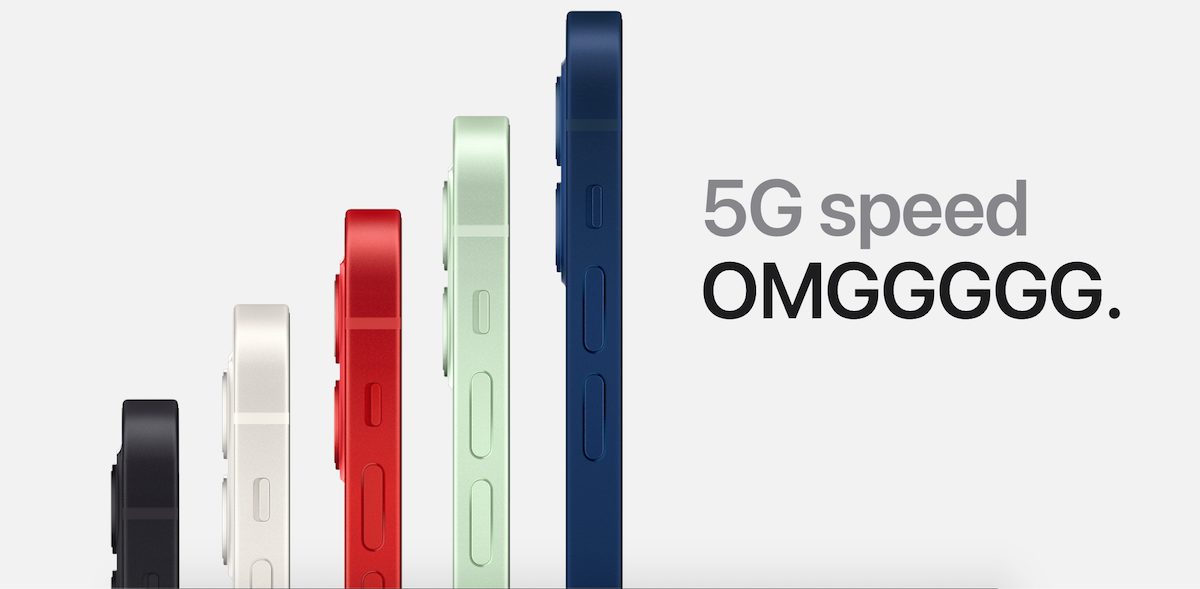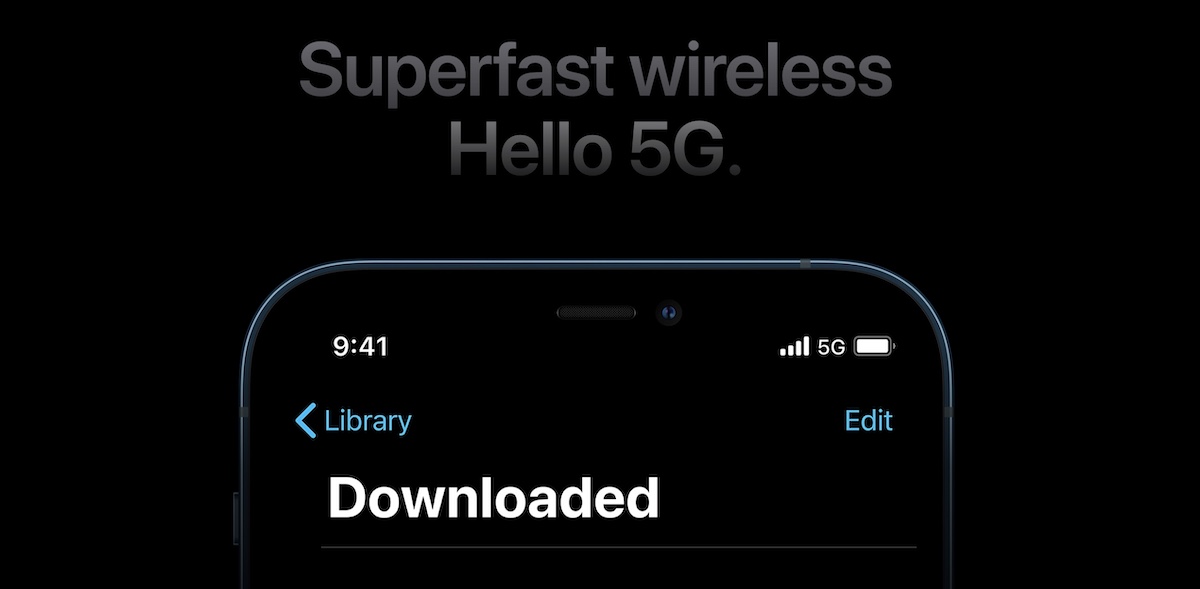5G network technology has been around for some time but the connectivity network caught mainstream media’s attention when Apple’s introduced the iPhone 12 series with 5G network support at the October 13 event. Now, a report claims that by the end of 2020, one billion people around the globe will have 5G coverage, making the next-generation connectivity’s roll out faster than 4G/LTE and 3G networks.
Currently, the standard sub-6GHz and high-speed mmWave types of 5G networks are unevenly available in various parts of the world. The slow rollout can be due to COVID-19 related obstacles in providing coverage. The sub-6GHz is ideal for remote locations like the country with low demand due to scarce population and mmWave is for urban centers/cities with heavy load on the network.

1 Billion people will have 5G coverage by end of 2020
Cnet reports that Ericsson, a Swedish networking giant, claims that 60% of the world’s population will be under the super-fast network’s coverage by 2026. The current estimate of 218 million 5G subscriptions has already exceeded the forecasted 190 million in June. Head of Strategic Marketing Insights of Ericsson, Patrick Cerwall said that,
“5G coverage will be built out to the extent that 1 billion people will live in 5G coverage areas by the end of 2020 worldwide. That’s around 15% of the world’s population.”
Ericsson is one of the major telecom equipment suppliers and has provided the technology on which many 5G networks are built. Therefore, the company holds authority over the usage of the next-generation mobile network. Cerwall further added that,
“More than 100 carriers around the world have switched on their 5G service. So far, 5G growth has been driven by China.”

China has been a booming mobile market for 5G smartphone manufacturers. In July, Counterpoint Research’s analysts reported that carriers were pushing the market toward the next-generation connectivity network by introducing lower plans and prices which has led to it increase.
“Although China’s commercial activities have resumed since the pandemic has subsided, consumer confidence remains low. Both OEMs and Chinese operators are actively pushing 5G smartphones through lowering prices of 5G devices as well as 5G plans. This has increased the adoption of 5G, with one-third of the total smartphone sales during the quarter were 5G devices, the highest adoption in the world.
Despite a slowdown in the smartphone market in China, Chinese OEMs have picked up the pace in 5G developments that were hampered by COVID-19 disruptions in Q1 2020. In Q2, 33% of smartphones sold were 5G enabled compared to just 16% in Q1. The proportion was even higher in June, where more than 40% of smartphones sold were 5G capable.
China’s 5G smartphone market is quite consolidated with HOVX grabbing 96% of the market. Huawei leads in 5G smartphone sales accounting for 60% of the market, followed by Vivo, OPPO, and Xiaomi. 5G smartphones in China are still priced in the mid-to-high price range of USD$400 and above, however, 5G smartphone prices are quickly moving towards lower-tier price bands. High-end 5G smartphones are predominantly from Huawei, while Huawei, OPPO, Xiaomi, and Vivo all have various offerings in the mid-tier.”
Here are the 12 best 5G smartphones of 2020
- iPhone 12 Pro Max
- iPhone 12 Pro
- Samsung Galaxy S20 Plus
- Samsung Galaxy Note 20 Ultra
- iPhone 12 mini
- iPhone 12
- OnePlus 8 Pro
- OnePlus Nord N10 5G
- Samsung Galaxy Z Fold 2
- Samsung Galaxy S20 FE
- Google Pixel 4a 5G
- LG Velvet
1 comment